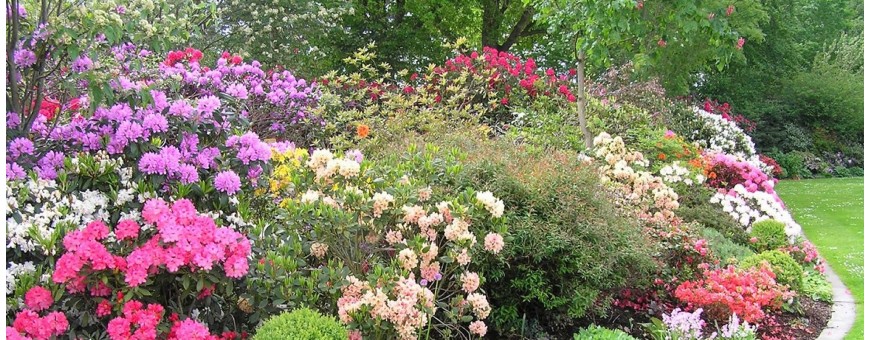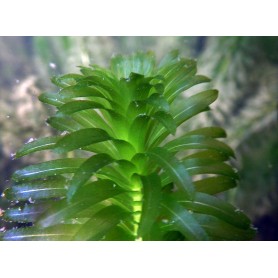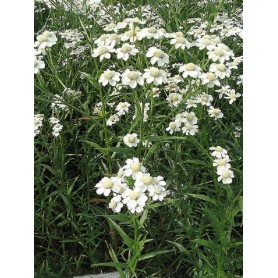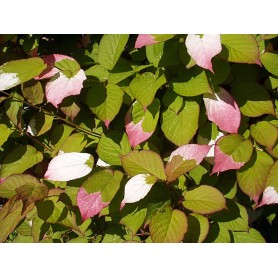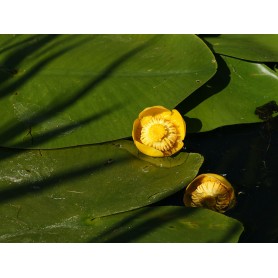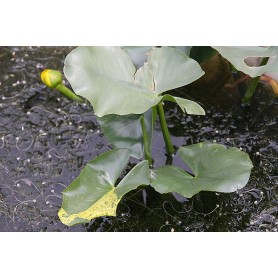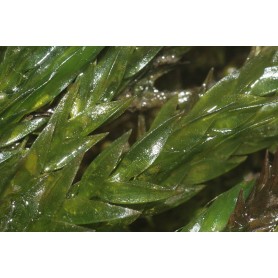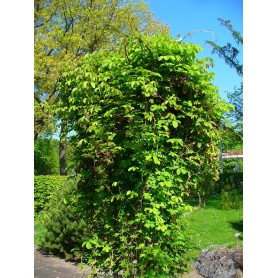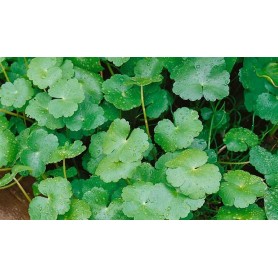Elodea densa
Elodea densa, called waterweed in Dutch, originates from South America. This submerged, evergreen aquatic plant with stems of 80cm and more has an enormous water purifying capacity and invasive vigor. It quickly forms offshoots and can form entire mats in a short time. The leaves are elongated, lanceolate, dark green, the lower ones in whorls of three, the upper one in whorls of 4 to 8 leaves. Waterweed likes a place with sufficient sunlight. A water depth of 50 to 80 cm is ideal, but with sufficient light Elodea densa can grow in water up to 4 m deep. Brazilian waterweed is hardy in sufficiently deep water, disease resistant, pest free, tolerant to air pollution and the plant also tolerates sea wind and air pollution.
€3.80


